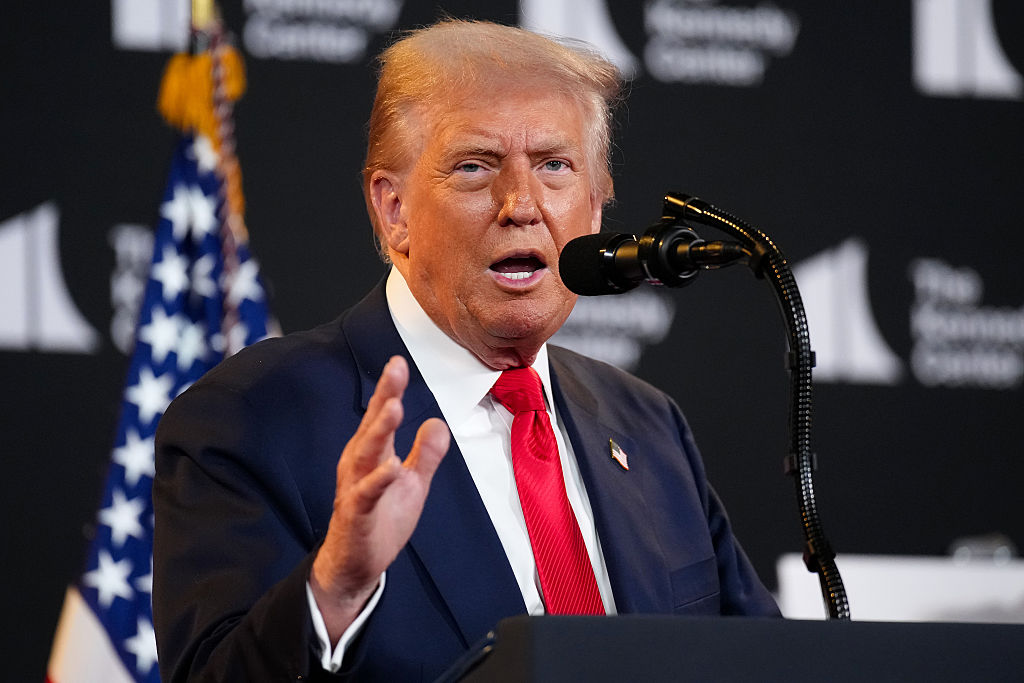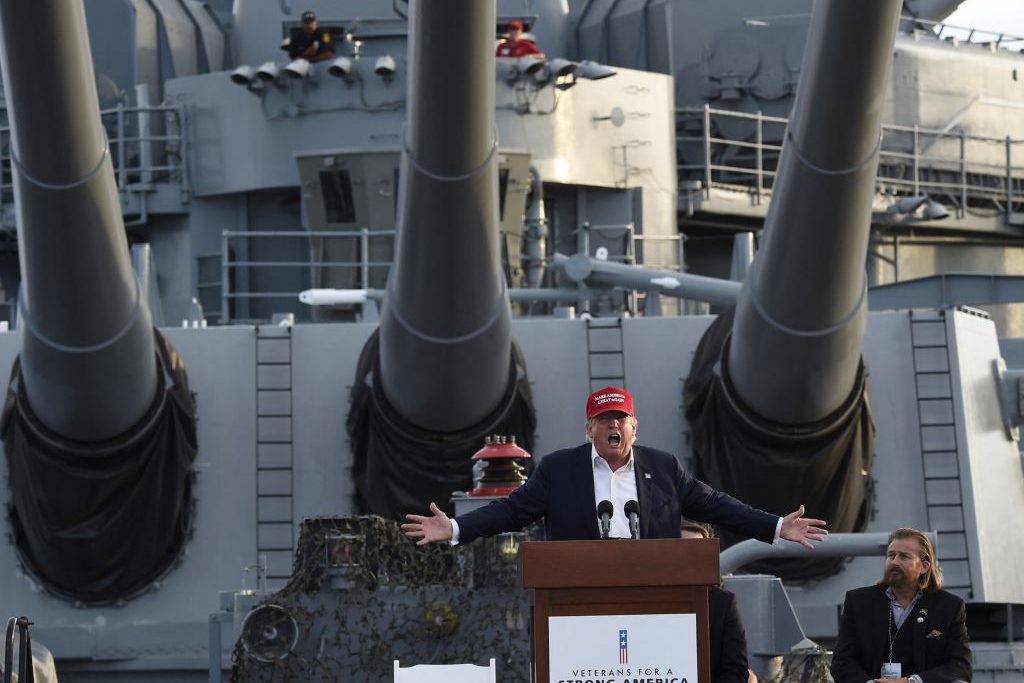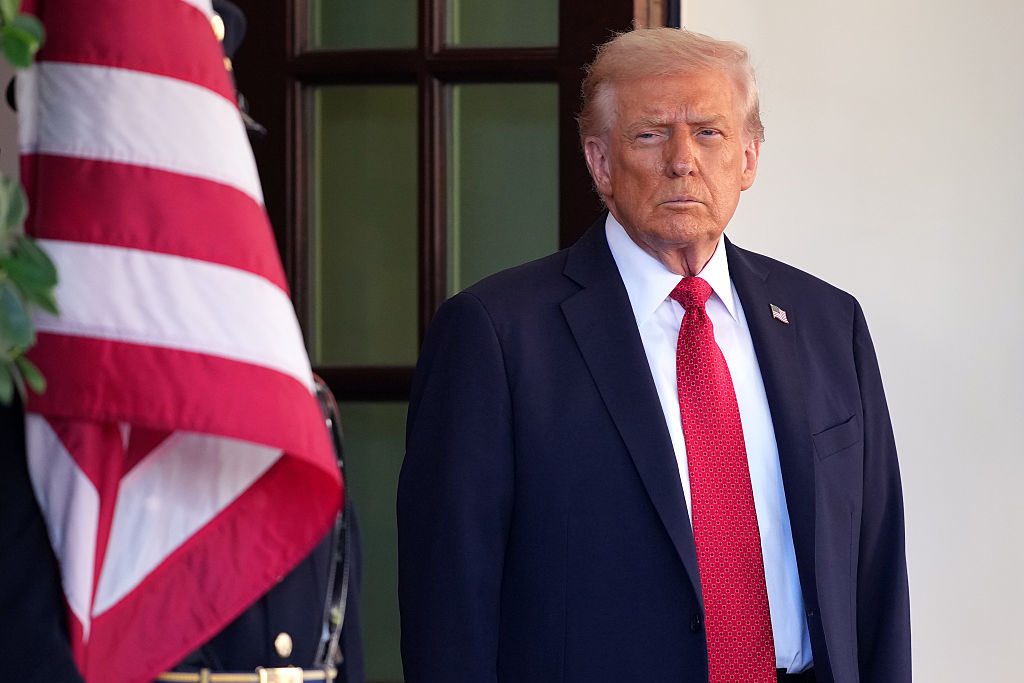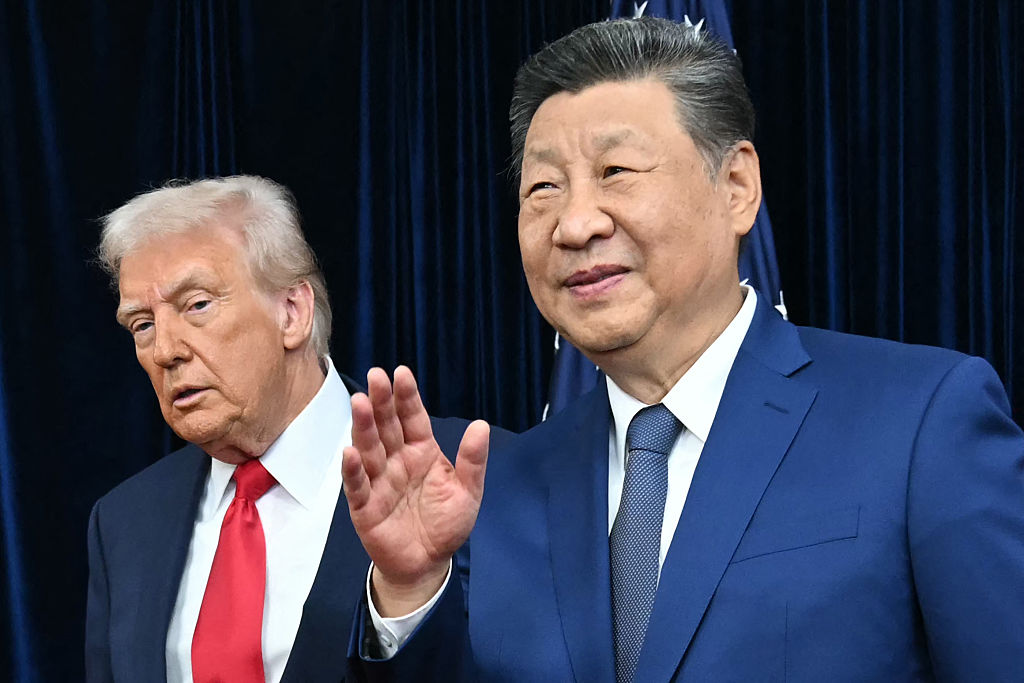These are dark days for free-market conservatives. A socialist, Zohran Mamdani, leads most polls in the race to become the next mayor of New York. The Republican President, meanwhile, is not only a “tariff man,” he’s lately been directing the federal government to take a stake in ownership of companies such as US Steel and Intel. Even before the rise of Donald Trump, the Republicans were increasingly becoming the preferred party of America’s working class. But before Trump, the free-market right could imagine the GOP’s blue-collar voters were only interested in social conservatism and wouldn’t demand a change in the party’s economic orientation. Now, things look very different.
Yet the signs of what populism would mean for the right’s economic philosophy should have been obvious. Richard Nixon’s appeal to the “silent majority” and the working-class “hard hats” among them, meant keeping free-market thinkers at arm’s length. Ronald Reagan was just what capitalist conservatives had hoped for. Yet both George Bushes retreated from Reagan’s economic individualism. The elder Bush called for a “kinder, gentler America” while the younger branded his politics as “compassionate conservatism.” The implication behind both slogans was that the Reagan right had been too harsh in its criticisms of big government.
Then there were the populist challengers who persisted in Republican presidential primaries through the 1990s and 2000s. Pat Buchanan is deservedly the most famous of these figures, chiefly for his bids for the GOP nomination in 1992 and 1996 but also for his doomed third-party run in 2000 as the nominee of the Reform party. That election was the end of his political career, but he continued to write bestsellers.
After George W. Bush went without a serious challenger in 2004, a populist of sorts gave John McCain and Mitt Romney a run for their money in 2008. Former Arkansas governor Mike Huckabee was that year’s working-class voters’ hero in the GOP.
Four years later, in the cycle before the Trump revolution, former Pennsylvania senator Rick Santorum ran for the Republican presidential nod as a paladin of pro-family economic policy and blue-collar sensibilities. He did surprisingly well, considering he had lost his last Senate race, in 2006, by more than 17 points. Santorum was best known as a foe of gay marriage and opponent of abortion, but he cultivated a pitch to the working-class pocketbook as well.
American voters, not just Republicans, want two somewhat contradictory things. They want the opportunity to get rich, but they also want insurance against falling into penury. In economic terms, there’s a trade-off: lower risks typically mean less potential for reward, while providing a safety net for those who don’t prosper comes at the expense of those who do. It’s the wealth generated by risky entrepreneurship that makes welfare states possible, while the more the risk-averse mentality spreads, the less money there is to support middle-class entitlements or programs for the poor. A smart politician who supports economic freedom knows they must provide the public with economic reassurances, too – while one whose priorities are nationalist or even “democratic socialist” should be wise enough not to kill the capitalist goose that lays the golden eggs. New York’s future may depend on whether Mamdani understands that.
Make government agencies serve social conservative ends and what will be the left’s response?
On the right, several varieties of “postliberal” thinker dream of making government great again. If birth rates are in decline, can’t we just pay people to have children? Couldn’t there be a right-wing version of the New Deal? It’s not a novel idea: neoconservatives in the late 20th century dreamt of a conservative welfare state and some traditionalist social conservatives, such as the historian Allan C. Carlson, argued there was a pro-family bent to much of the New Deal.
But free-market conservatives who dread a new era of right-wing big government have a powerful force on their side. Franklin D. Roosevelt’s America was a nation with tremendous confidence in technocratic expertise and one that had not yet had the disillusioning experience of living under a welfare state, which never delivers a paradise and only creates new things to worry about – such as crushing intergenerational debt. The trust or naiveté that made the New Deal possible has vanished. And to the extent that the postliberal right does make inroads into the federal bureaucracy, the effect will only be to diminish trust in federal authority. The one thing sustaining the federal government’s prestige in the early 20th century was the fact that only one side of politics – the right – was against it, while the left had few criticisms beyond the complaint that big government wasn’t big enough.
But make government agencies serve social conservative ends and what will be the left’s response? It will develop an anti-government ideology of its own. The welfare state will face attacks from two directions. There’s no escaping this because Americans themselves are divided about the ends of government. The ship can’t sail one way without stirring up a mutiny among those who want to go in the opposite direction.
What President Trump has in mind is in any event rather different from what many “New Right” intellectuals would like to see. Trump doesn’t concern himself with anyone’s theory of capitalism or welfare statism. He thinks like the real-estate baron he was – and is. In Trump’s line of business, companies build. He wants a country that constructs and makes real things. Yet his business is also about salesmanship and dealmaking, and that looms at least as large in Trumponomics. As Trump sees it, the country is a company and as it prospers so will its employees – the citizens. He’s a populist, but he’s no socialist.
Read Kate Andrews on Trumpian nationalization in this issue.
This article was originally published in The Spectator’s September 15, 2025 World edition.


























Leave a Reply